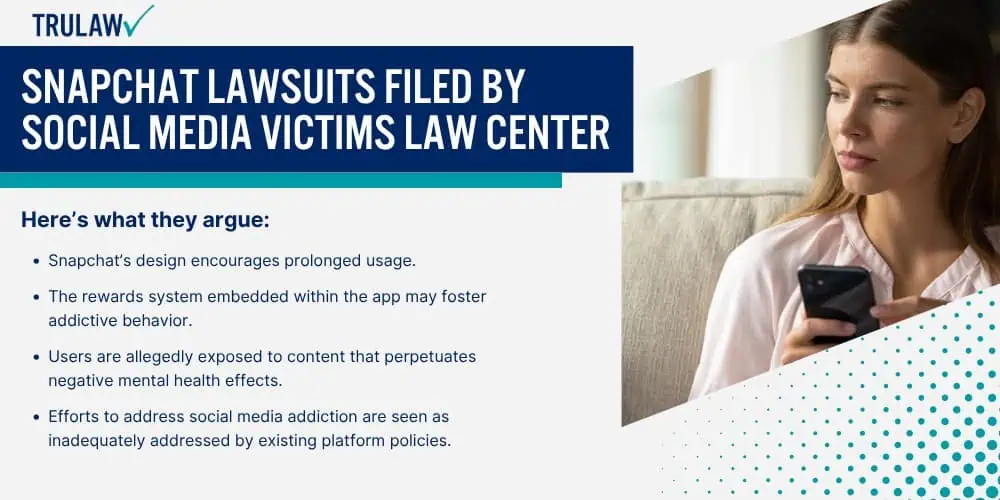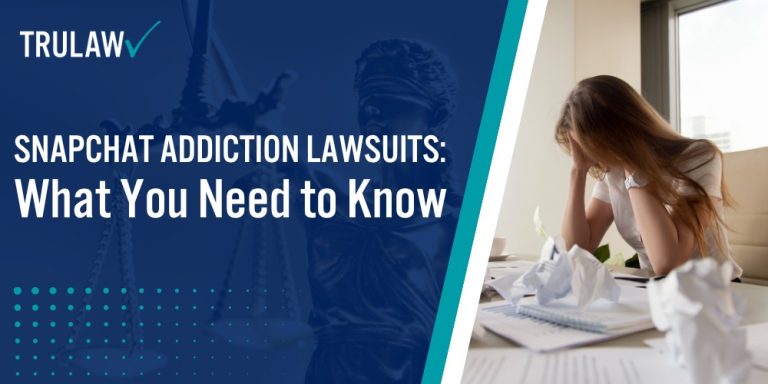Recent legal action has intensified around Snapchat as the Social Media Victims Law Center (SMVLC) takes a firm stance against what it claims are the platform’s detrimental effects on mental health, specifically targeting the app’s algorithms.

SMVLC Sues Snapchat for Algorithmic Discrimination
The Social Media Victims Law Center has filed a lawsuit accusing Snapchat of algorithmic discrimination.
This legal action asserts that Snapchat’s algorithms incentivize content that can lead to addiction and negatively impact users’ mental health.
Here’s what they argue:
- Snapchat’s design encourages prolonged usage.
- The rewards system embedded within the app may foster addictive behavior.
- Users are allegedly exposed to content that perpetuates negative mental health effects.
- Efforts to address social media addiction are seen as inadequately addressed by existing platform policies.
Highlighted Issues: The lawsuit presents a direct challenge to the mechanisms that drive user engagement on Snapchat.
Meta Platforms Also Named in Snapchat Lawsuits
Meta Platforms, the company behind Instagram, is facing lawsuits alongside Snapchat.
The Snapchat addiction lawsuits allege that both social media platforms have designed their products in ways that can be detrimental to users’ mental health.
Alongside allegations against Snapchat, the lawsuits have also named Meta Platforms as co-defendants:
- Both companies are accused of creating products that can lead to mental health challenges.
- The assertion is that Meta and other social media companies have failed to protect users, particularly minors, from harmful content.
- Accountability for promoting a social media landscape that prioritizes user engagement over well-being is central to the argument.
- These cases aim to hold social media giants responsible for the alleged consequences of their platforms’ designs.
Key Focus: The litigation seeks to hold these major social media companies to account for their role in users’ lives.










